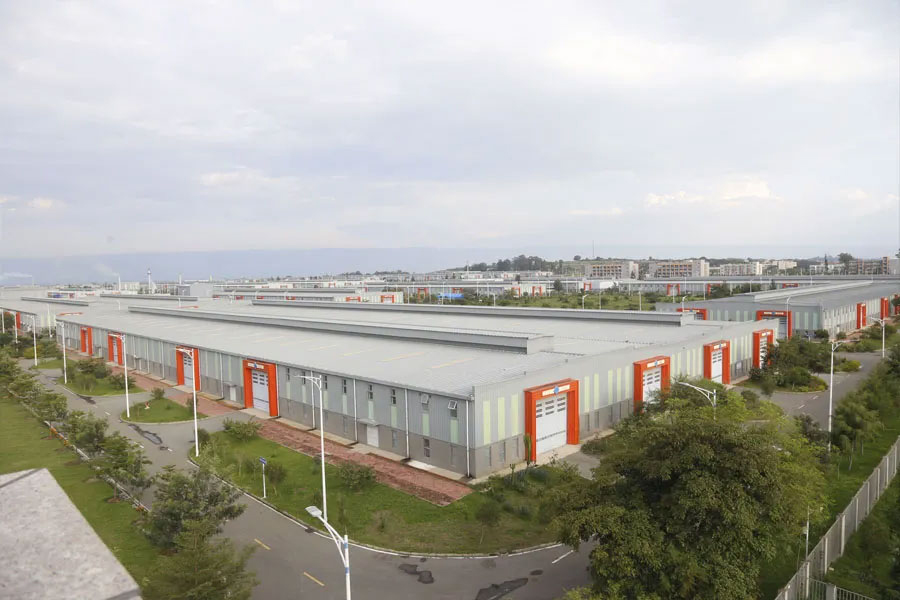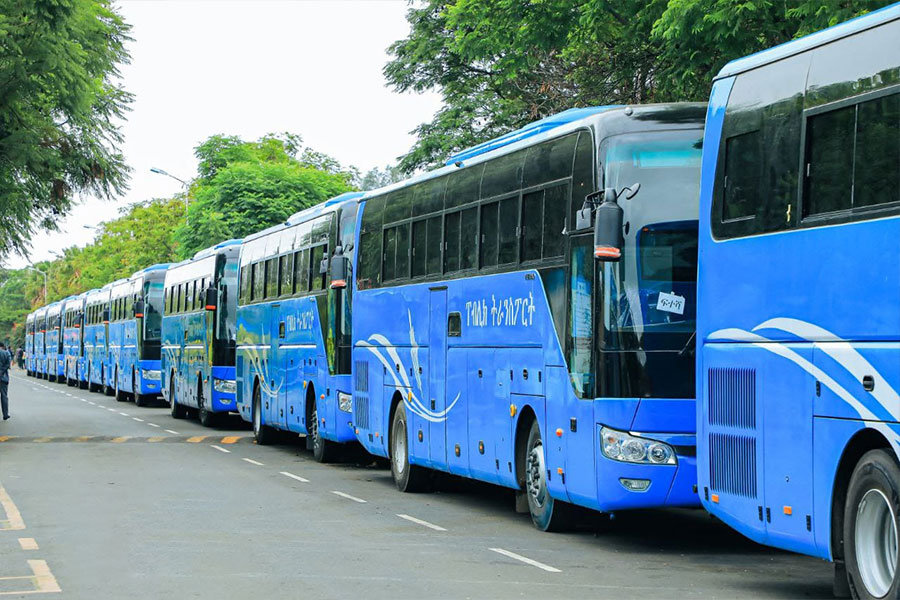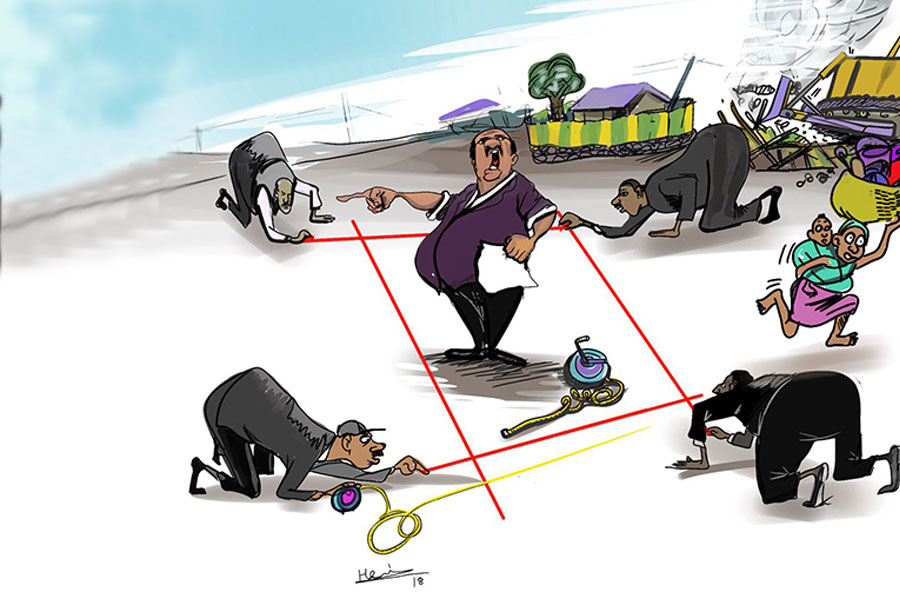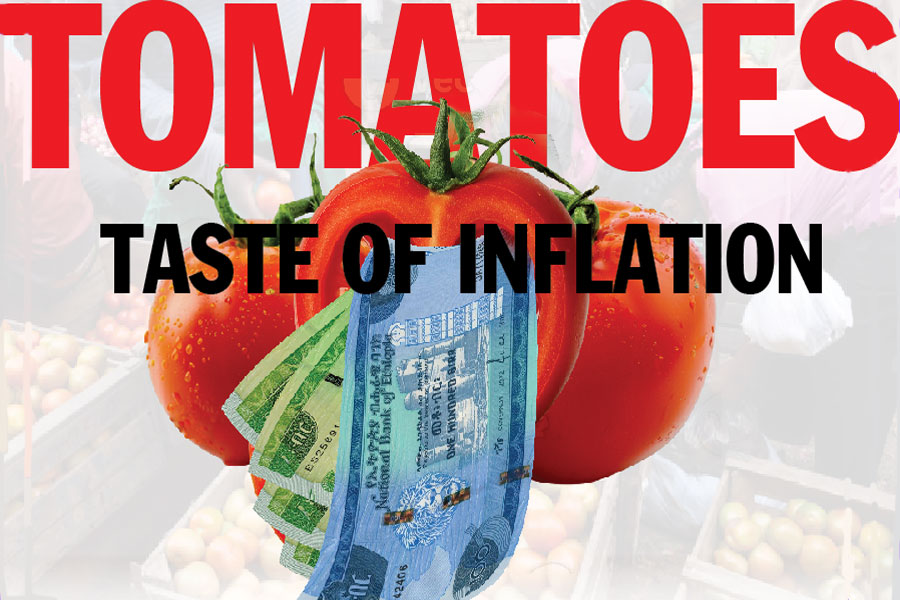
Radar | Feb 22,2020
May 25 , 2019
By Asseged G. Medhin
Ethiopia, like many of its African peers, is on a trajectory that may place it in a debt crisis unless it is addressed soon, writes Asseged G. Medhin (kolass799728@yahoo.com), deputy CEO of operations at the National Insurance Company of Ethiopia (NICE).
Investors, developers, donors, lending agencies, multinational companies and even countries engaged in bilateral agreements use government debt as a percentage of gross domestic product (GDP) to measure a country’s ability to make future payments on its debt. This affects the country’s borrowing costs and government bond yields.
In light of sovereign debt in the global macroeconomic perspective, we find that the first decade of the millennium has been punctuated by a series of broad-based economic crises and negative shocks.
Not only developing economies and economies in transition, but also European economies faced the 2010-2012 sovereign debt crises. The global headwinds in the crisis have meant that the prices of commodities declined, severely affecting economies dependent on commodity exports, many of them in Africa. With economies that have been weakened, they have been led into a borrowing binge.
Repeated failures to meet commitments - unsurprising given the lack of competitiveness of African economies - meant that they have had to fail into the structural adjustment “traps” of the International Monetary Fund or the World Bank or China’s low-interest rate loans.
The world economy has strengthened since the early years of this decade, despite some hiccups. In 2017, global economic growth is estimated to have reached three percent, a significant acceleration compared to a year ago. This is expected to continue this year.
But countries' sovereign debt was not reduced as predicted. Percentage of public debt to GDP increased in some parts of Europe. It tripled in Asian and African countries as well.
The implication is that stronger economic activity following financial crises has not been shared evenly across countries and regions. The recent acceleration in world gross product growth stems predominantly from firmer growth in several developed economies, although East and South Asia remain the world’s most dynamic regions.
Cyclical improvements in Argentina, Brazil, Nigeria and Russia, as these economies emerge from a recession, also explain roughly a third of the rise in the rate of global growth between 2016 and 2017. But recent economic gains remain unevenly distributed across countries and regions, and many parts of the world have yet to regain a healthy rate of growth which exposed them to borrow more money at the expense of future generation’s resources.
Economic prospects for many commodity exporters remain challenging, underscoring the vulnerability to boom and bust cycles in countries that are overly reliant on a small number of resources. There is an elevated policy uncertainty and rising levels of debt that prevent more widespread investment.
The average total debt-to-GDP ratio in Africa is around 50pc. A firmer and more broad-based rebound in investment activity, which is needed to support stronger productivity growth and accelerate progress toward development goals, may be deterred by elevated levels of trade policy uncertainty, as well as rising debt and a build up of longer term financial fragility.
Failure to address these issues may leave a quarter of the population of Africa in extreme poverty by 2030, according to the World Economic Outlook of 2019. Supporting growth in developing countries requires both financial resources and progress toward addressing institutional deficiencies and security concerns. Very few of these countries are expected to reach the sustainable development goal targets for GDP growth of “at least 7 percent” in the near term.
Ethiopia, with its developmental economic model, has already registered GDP beyond seven percent, but the paradox is a debt worth over a third of GDP. This is much more a result of dependency on a few agricultural commodities for trade. It is all the more a distressing issue coupled with the fact that manufacturing revenues have been stagnant for too long. Coupled with low levels of domestic mobilisation, the nation usually does not have much to fall back on other than taking out large amounts of loans for development programmes.
This cycle needs to be broken if we ever wish to break away from debt. Unaddressed, it will surely crush the economy, leading to sociopolitical problems. The fact that the government wants to build highways, power generation plants and railways is admirable but cannot be all undertaken at once for the sake of political expediency.
The nation needs to develop its project implementation and planning capacity before we leap into such projects. There is also a need to address low domestic mobilisation of resources and lack of export diversification armed with a different and updated set of policy reforms that puts the private sector at the forefront.
PUBLISHED ON
May 25,2019 [ VOL
20 , NO
995]


Radar | Feb 22,2020

Radar | Jul 13,2025

Commentaries | Aug 08,2020

Commentaries | Jan 28,2023

Fortune News | Nov 18,2023

Fortune News | May 06,2023

Fortune News | Aug 13,2022

Money Market Watch | Apr 13,2025

Commentaries | May 03,2025

Viewpoints | Sep 11,2020

Photo Gallery | 173991 Views | May 06,2019

Photo Gallery | 164221 Views | Apr 26,2019

Photo Gallery | 154315 Views | Oct 06,2021

My Opinion | 136609 Views | Aug 14,2021
Editorial | Oct 11,2025

Dec 22 , 2024 . By TIZITA SHEWAFERAW
Charged with transforming colossal state-owned enterprises into modern and competitiv...

Aug 18 , 2024 . By AKSAH ITALO
Although predictable Yonas Zerihun's job in the ride-hailing service is not immune to...

Jul 28 , 2024 . By TIZITA SHEWAFERAW
Unhabitual, perhaps too many, Samuel Gebreyohannes, 38, used to occasionally enjoy a couple of beers at breakfast. However, he recently swit...

Jul 13 , 2024 . By AKSAH ITALO
Investors who rely on tractors, trucks, and field vehicles for commuting, transporting commodities, and f...

Oct 11 , 2025
Ladislas Farago, a roving Associated Press (AP) correspondent, arrived in Ethiopia in...

Oct 4 , 2025
Eyob Tekalegn (PhD) had been in the Governor's chair for only weeks when, on Septembe...

Sep 27 , 2025
Four years into an experiment with “shock therapy” in education, the national moo...

Sep 20 , 2025
Getachew Reda's return to the national stage was always going to stir attention. Once...

Oct 12 , 2025
Tomato prices in Addis Abeba have surged to unprecedented levels, with retail stands charging between 85 Br and 140 Br a kilo, nearly triple...

Oct 12 , 2025 . By BEZAWIT HULUAGER
A sweeping change in the vehicle licensing system has tilted the scales in favour of electric vehicle (EV...

Oct 12 , 2025 . By NAHOM AYELE
A simmering dispute between the legal profession and the federal government is nearing a breaking point,...

Oct 12 , 2025 . By NAHOM AYELE
A violent storm that ripped through the flower belt of Bishoftu (Debreziet), 45Km east of the capital, in...